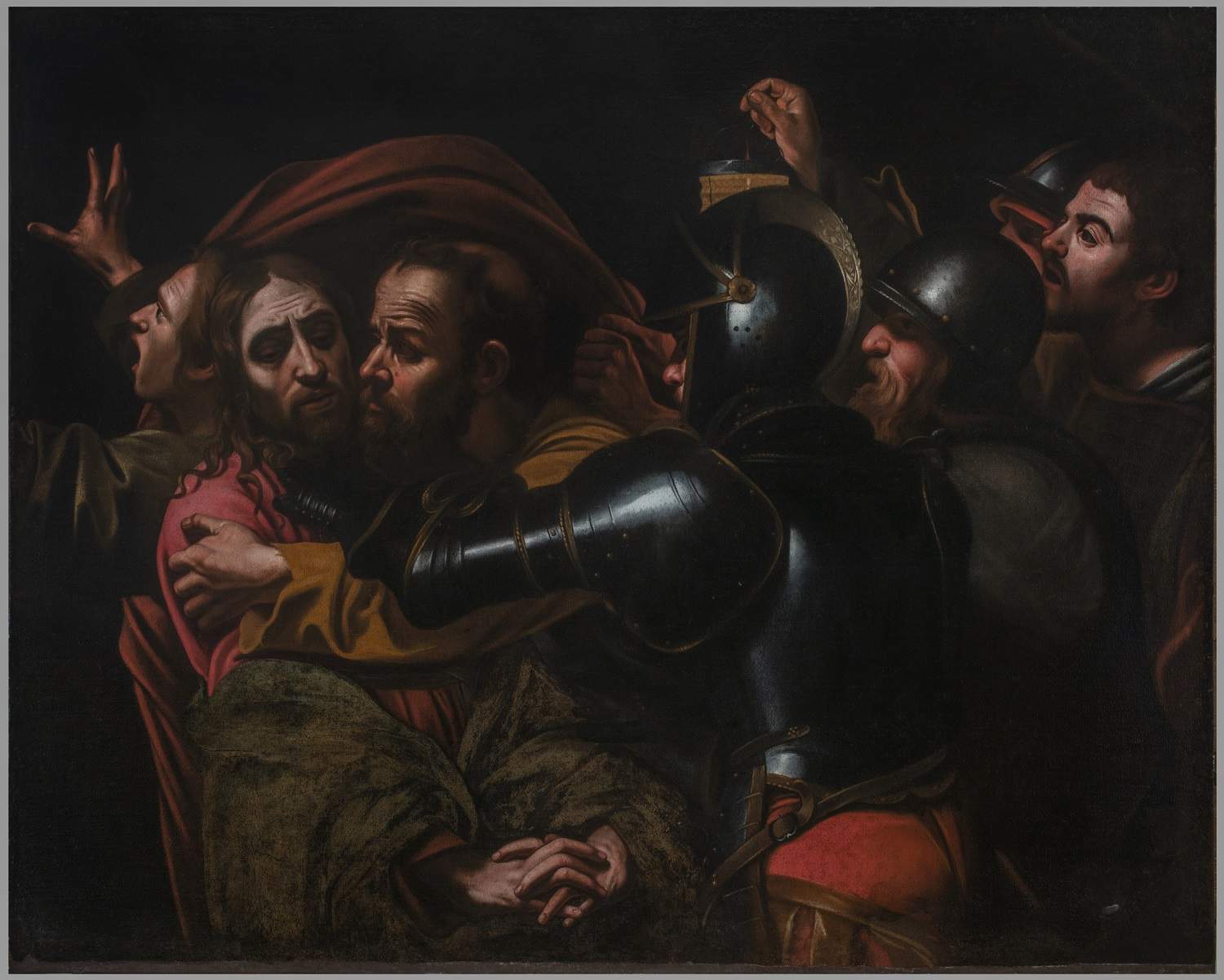A copy of Caravaggio's The Capture of Christ resurfaces at Palazzo Pitti after decades of absence
A contemporary copy of Caravaggio ’s The Capture of Christ kept at the National Gallery in Dublin will be on display at Palazzo Pitti, Florence. Michelangelo Merisi (this is Caravaggio’s real name) executed the Capture in 1602 and, thanks largely to the work of the late art historian Sergio Benedetti, it was recognized in recent years as the work that the Lombard artist executed for the Roman nobleman Ciriaco Mattei, and which was thought to be lost. The copy, painted by an artist unknown to this day but a contemporary of Caravaggio, was long ignored and to some extent even snubbed by scholars: even, in the early twentieth century it left the halls of the Pitti Palace and was given in external storage, first to the Prefecture of Pistoia, then in Florence to the Baldissera Barracks of the Carabinieri Corps, to furnish its institutional offices.
The painting was recently restored and studied by Caravaggio experts: returned to public use, it is now on display in the Berenice Room in the historic Florentine residence (the same room that has been hosting Federico Barocci’s Madonna of the Cat for a few days), and is also the protagonist of a book dedicated to it (it is The Capture of Christ by Caravaggio. A Recovery for the Uffizi Galleries, edited by Gianni Papi and Maria Sframeli, Sillabe Editions): the book reconstructs the history and details of the work’s recovery. Thanks to the accurate research carried out by experts, it was possible to ascertain the provenance of the canvas from the Lorraine castle of Commercy: from the same place, as emerged from the reading of inventories, many other paintings arrived to enrich the Florentine grand ducal collections, first and foremost one of Rubens’ masterpieces, The Four Philosophers (exhibited in the Palatine Gallery), whose origin had remained in the shadows until now. The issue of Caravaggio’s copies is, moreover, playing an increasingly central role in learning about the great painter’s art.
“A new proof of the great generosity and love for Florence of the Habsburg-Lorraine,” said the director of the Uffizi Galleries, Eike Schmidt, “who, both through the transfer to Florence of their works of absolute importance from their residences and also from the capital, Vienna, and through successive campaigns of art purchases, sometimes of entire noble collections, increased the value of the Uffizi and Palazzo Pitti in a relevant way.”
Pictured: the coeval copy of Caravaggio’s The Capture of Christ.
 |
| A copy of Caravaggio's The Capture of Christ resurfaces at Palazzo Pitti after decades of absence |
Warning: the translation into English of the original Italian article was created using automatic tools. We undertake to review all articles, but we do not guarantee the total absence of inaccuracies in the translation due to the program. You can find the original by clicking on the ITA button. If you find any mistake,please contact us.




























